TAG: GS 3: ECOLOGY AND ENVIRONMENT
THE CONTEXT: The International Union for Conservation of Nature (IUCN) has recently updated the Red List of Threatened Species, drawing attention to the escalating threats posed by invasive species and the illegal trade of various reptiles and cactus species.
EXPLANATION:
- This comprehensive update highlights critical declines in population and increased endangerment status for several species, underscoring the urgent need for conservation efforts.
Threats to Island Reptiles
- Ibiza Wall Lizard
- The Ibiza wall lizard (Podarcis pityusensis), which was previously categorized as near threatened, has now been reclassified as endangered.
- The Ibiza wall lizard (Podarcis pityusensis) is endemic to both Ibiza and Formentera.
- This Ibiza Preservation project seeks to collaborate with the various organisations and groups that are already working to protect the lizards and eradicate the snakes from the islands.
- This change is due to a significant population decline of 50 percent since 2010.
- The primary cause of this decline is the invasive horseshoe whip snake (Hemorrhois hippocrepis), which has been occupying the lizard’s habitat, leading to increased competition and predation.
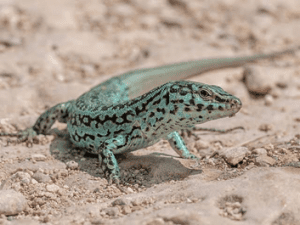
- Gran Canaria Reptiles
- The Gran Canaria giant lizard (Gallotia stehlini) and the Gran Canaria skink (Chalcides sexlineatus) are also facing severe threats.
- Both species are native to Gran Canaria, an island in Spain.
- Both species have seen population declines exceeding 50 percent since 2014.
- The introduction of the California kingsnake (Lampropeltis californiae) in 1998 has been identified as the primary threat.
- This invasive species has disrupted the local ecosystem, leading to the reclassification of both reptiles from least concern to endangered.
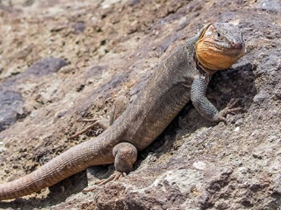
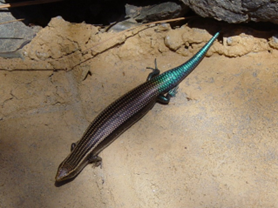
Gran Canaria giant lizard Gran Canaria skink
Endangerment of Cacti Species
- Copiapoa Cacti
- The IUCN has raised alarms about the illegal trade of ornamental cacti, particularly affecting the Copiapoa species.
- Copiapoa Cacti is endemic to Chile’s Atacama Desert.
- The latest assessment indicates that 82 percent of Copiapoa cacti species are now critically endangered, a sharp increase from 55 percent in 2013.
- These cacti are highly sought after in Europe and Asia, driving illegal trade that is often facilitated by social media platforms.
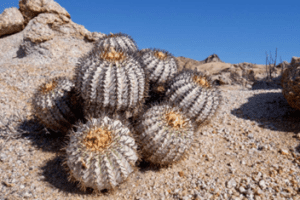
Additional Threats
- Climate Change and Habitat Destruction
- Beyond illegal trade, Copiapoa cacti face significant threats from climate change and habitat destruction.
- Climate-related pressures, such as changes in oceanic fog patterns essential for their hydration, exacerbate their vulnerability.
- As global temperatures fluctuate, the ability of these long-lived species to reproduce and relocate is severely hampered.
- Distinguishing Poached vs. Cultivated Cacti
- It is possible to distinguish between poached and greenhouse-grown Copiapoa cacti.
- Poached cacti exhibit a grey tone and a dusty-looking bloom, a protective adaptation to their arid environment, while cultivated plants are greener.
Recommendations for Conservation
- The IUCN emphasizes the importance of international collaboration to prevent the illegal transportation of poached plants.
- Establishing greenhouses for cultivating Copiapoa cacti is recommended as a sustainable alternative to meet market demands without depleting wild populations.
- The alarming increase in the threat levels to Copiapoa cacti has been highlighted.
- The Red List update reveals a dramatic rise in the percentage of species at risk of extinction, from 55 percent to 82 percent in just a few years.
- This rapid increase underscores the critical need for immediate and coordinated conservation actions.
What are The IUCN Red List Categories and Criteria?
- The IUCN Red List Categories indicate how close a species is to becoming extinct.
- The nine Red List Categories are shown below:
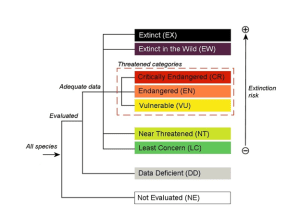
- Species are assessed against five criteria (see below) based on geographic range, population size and population decline/increase, in addition to extinction probability analyses.
- These criteria determine which category is most appropriate for the species.




